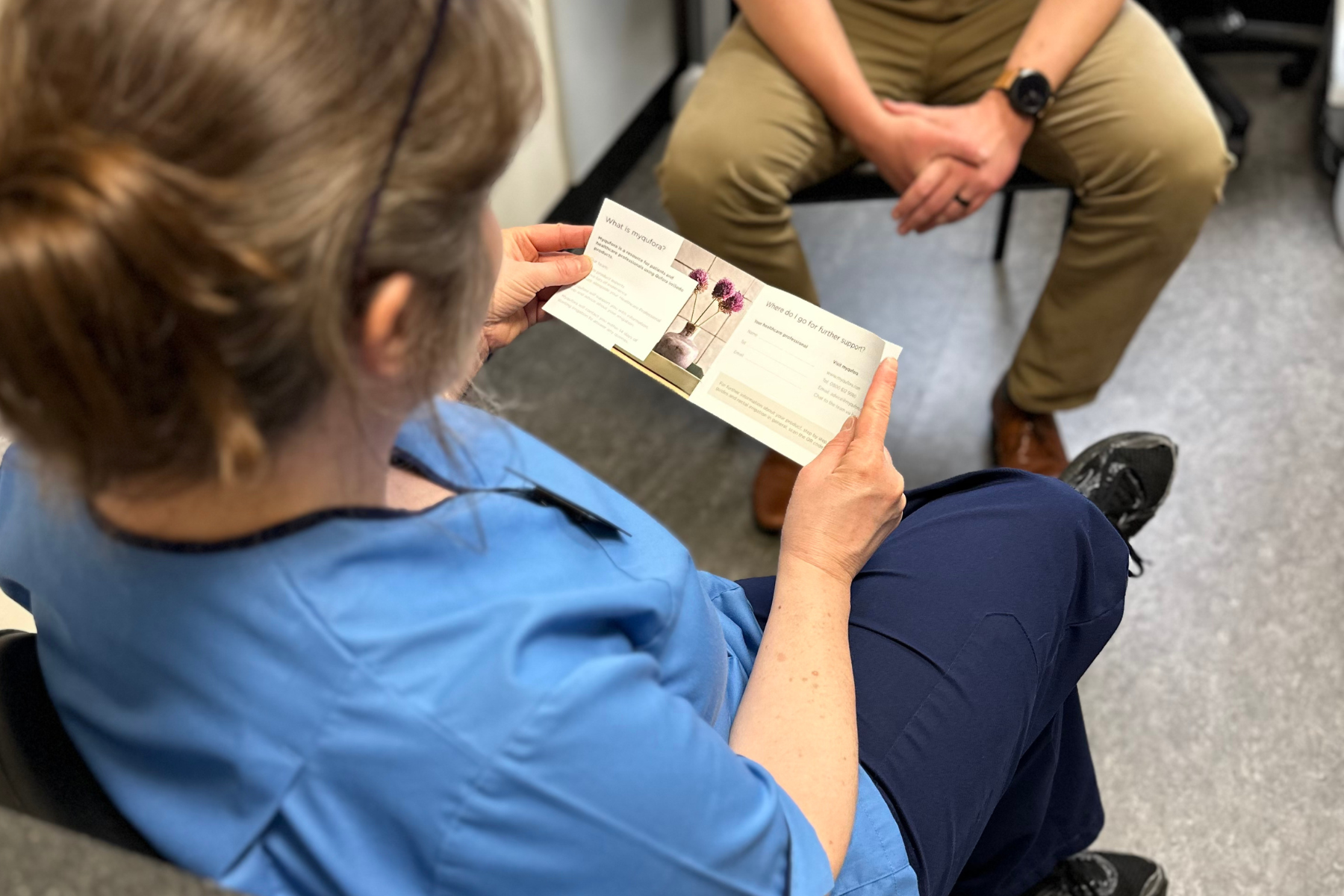Review by Brigitte Collins
In the United Kingdom (UK) in 2021 approximately 624,828 women gave birth and 1 in 3 found the birth traumatic in some way 1,2. Third- or fourth-degree tears, also known as an obstetric anal sphincter injury (OASI), can follow in 6 out of 100 primipara births and 2 in 100 births for women who have had a vaginal birth previously3. Whilst it is important to have such numbers on paper, this really doesn’t express the trauma that women encounter when experiencing birth injuries.
The MASIC Foundation have been paramount in raising public awareness and supporting women, advocating research and prevention, as well as educating healthcare professionals 4. The reality of traumatic births certainly hit home when presenting at the MASIC study days. Hearing first hand from mothers who had experience of third- and fourth-degree tears was moving as well as exasperating as to how their problems had taken so long to address.
“Birth Injuries: the hidden epidemic” was published in July 2022 and provides an account of survey responses from 801 women in Australia (416), UK (325), New Zealand and other countries (60). Key themes are identified in the survey and used throughout, “impact on self-esteem and mental health, mis-diagnosis/delayed diagnosis, fear and isolation, ability to be physically active, impact on relationships and work, medical gaslighting, sex life and intimacy, and future births and growing families”. Whilst it is pleasing to see that OASI remains on the agenda, the data is alarming and reveals distressing stories about the damage that birthing women endure.
Thankfully, with the support of charities like the MASIC Foundation and with continued research OASI is appropriately recognised. This in turn leads to an increasing focus around the necessity to prioritise care of the mother as much as the child. Furthermore, with mothers continuing to share their stories and research prevailing, I hope to see some positive breakthroughs come through for future mothers.
Read more about Childbirth and Bowel Care here.
References:
- https://www.ons.gov.uk/peoplepopulationandcommunity/birthsdeathsandmarriages/livebirths/datasets/birthsummarytables. (Accessed 17th August 2022)
- Ayers, S. (2004). Delivery as a traumatic event: prevalence, risk factors, and treatment for postnatal posttraumatic stress disorder. Clinical Obstetrics and Gynaecology, 47(3), 552-567 https://www.rcog.org.uk/for-the-public/perineal-tears-and-episiotomies-in-childbirth/third-and-fourth-degree-tears-oasi/ (Accessed 18th August 2022)
- https://masic.org.uk/about-masic/ (Accessed 18th August 2022)
- https://masic.org.uk/news/birth-injuries-the-hidden-epidemic/ (Accessed 18th August 2022)







